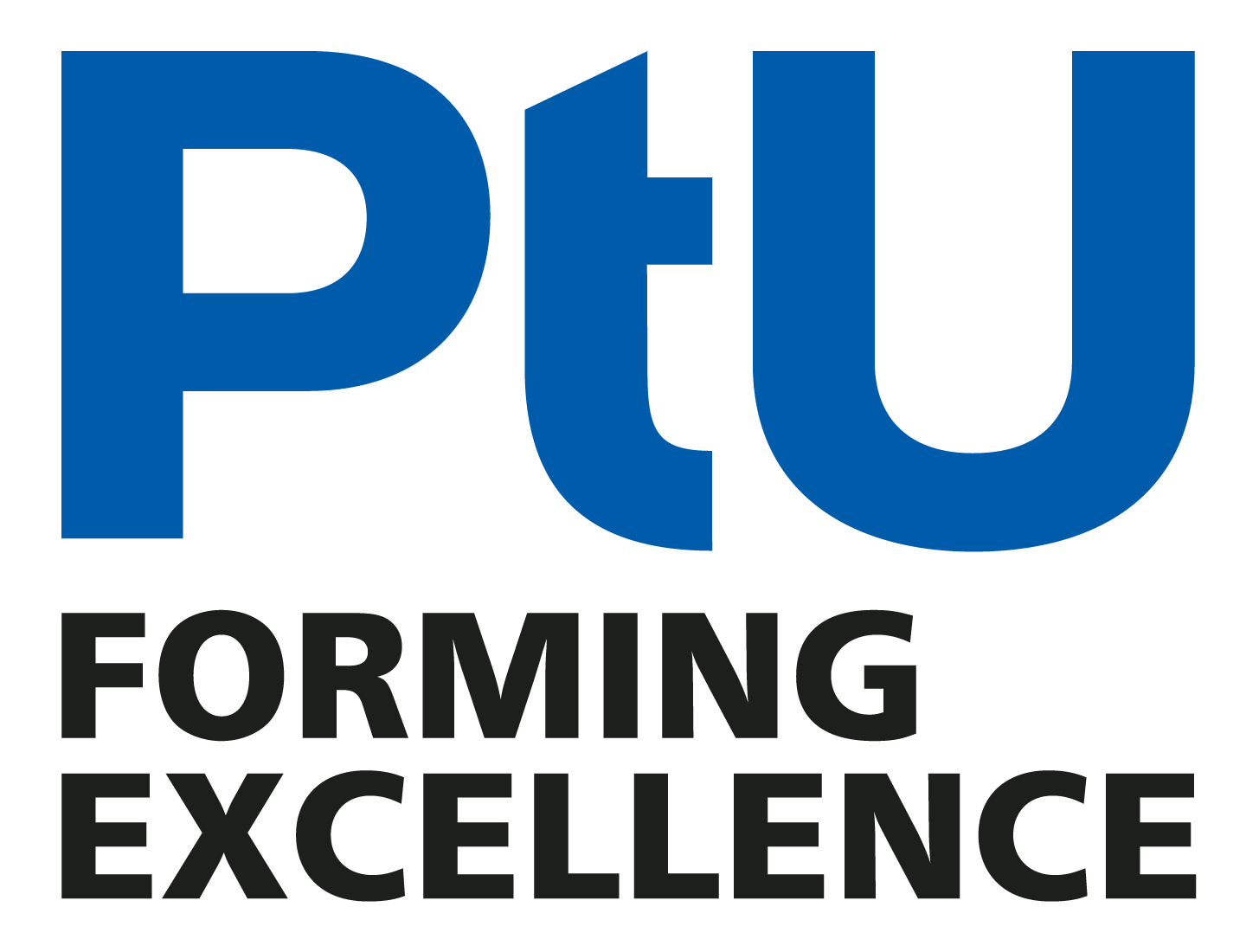SmartWEAR – Control, prevention and prediction of wear phenomena in multistage forming processes
Within the scope of the present research project, a holistic model for the detection and prognosis of the current wear condition during shear cutting is to be developed together with international partners. The main focus of this project is on the wear caused by copper processing, as this material is being used more and more frequently in the context of the electrification of road traffic.
Coordinator: Philipp Schumann M. Sc.
Duration: October 2021 – September 2023
Funded by: AiF ZIM
Motivation
The production of components in progressive dies (FVW) often represents the most economical part of the value chain. This is mainly due to the high production rates of up to 1,000 components per minute. Due to the high total piece counts of up to half a million components per shift, wear inevitably occurs. This affects mainly the punch edges and the lateral surface of the cutting cylinder in the form of abrasive wear. With soft copper materials in particular, however, there is a second form of wear, adhesive wear. This occurs when copper is discharged from the workpiece, which in turn can adhere to the tool.
In order to guarantee the high demands on the accuracy of the components, knowledge of the current state of wear is highly relevant: This means that corrective action can be taken in the process before rejects occur.
Approach
In order to explore the possibilities for such continuous wear measurement, PtU is cooperating with national and international research partners in the present research project. For this purpose, continuous wear tests are carried out at PtU together with Filzek TRIBOTech on an FVW on the institute's own high-speed press and various process variables are recorded. The tool used is manufactured and provided by the Turkish production company HATKO Elektronics. The Turkish Hatcettepe Universitesi is responsible for the numerical investigation of the cutting behavior.
The process data collected in the endurance tests will be used at PtU to train machine learning algorithms (Fig. 1). These models will later be able to predict the current wear condition in the process on the basis of current data from production. The training of the algorithms takes place hand in hand with regular application of the algorithms to further tests and possible correction.
At the end of the project, the developed models will be applied to an actual production process at HATKO ELECTRONICS and their effectiveness will be verified.


Acknowledgement
This Project is supported by the Federal Ministry for Economic Affairs and Climate Action (BMWK) on the basis of a decision by the German Bundestag.
Through the cooperation of international funding agencies (IraSME), collaboration with national and international partners was made possible. We would like to thank lower project partners.
Funded by
Project Partners


